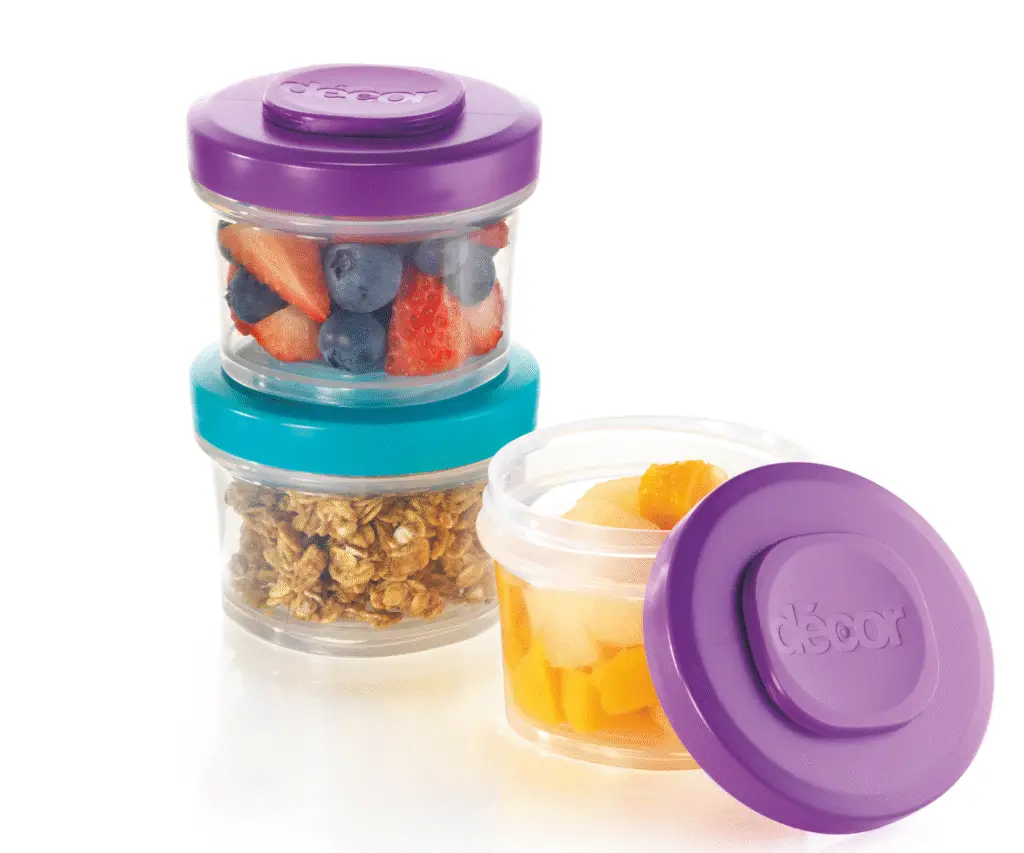Amazon’s annual shopping events aren’t just about consumers scoring big deals, they’re also a major opportunity for retailers. This October, Amazon will once again host Prime Big Deal Days (otherwise known as October / Fall Prime Day). The dates are yet to be announced, but it usually takes place in mid-October and is designed to kick off the holiday shopping season. For retailers, it’s a chance to boost visibility, clear stock, and capture valuable sales momentum heading into Q4.
Will it be another four day event?
Many retailers will be keen to know the answer to this after Amazon made its July 2025 Prime Day a four day event for the first time, instead of the usual two, a move that, at first glance, promised more opportunity for brands to drive sales.
However, more days didn’t necessarily mean more growth for brands, and for many retailers, there may have been a diluted impact. This could be the result of a reduction in purchase urgency, which is a key ingredient in conversion psychology, due to the extended event.
Many retailers will be glad to know that we are not expecting October Prime Day to be extended to four days, mainly because Amazon’s Black Friday event starts just over a month later. October Prime Day is more of a warm up event for the holiday season, however with a shorter duration, it may provide more profitable returns than the July event for brands that have the right strategy.
Do brands need to run deals?
In our experience, brands do not need to run deals to achieve growth. Deals will not always provide profit and brands can end up selling products to existing customers at a reduced cost when they would have paid full price.
One of our standout clients in the fashion category who ran no July 2025 Prime Day promotions at all still saw a 172% YoY increase in revenue during the event. Their baseline growth leading into July was already strong (66% YoY on non-event days), but the Prime Day uplift was still above trend.
This proves something important: the event itself can boost discoverability and traffic, even without aggressive discounting. This is especially true if your product is already gaining traction.
Brands with strong fundamentals and steady momentum can ride the wave of Prime Day without slashing prices, preserving profit in the process.
Which products will perform best?
As ever, some product categories are better placed to achieve sales growth and these tend to remain consistent with each Amazon shopping event.
- Electronics & Tech: Laptops, tablets, earbuds, smart home devices, and Amazon-branded gadgets typically see deep discounts and high demand.
- Home & Kitchen: Air fryers, mixers, vacuum cleaners, and holiday entertaining essentials spike in sales as shoppers prep for gatherings.
- Toys & Games: Early holiday shoppers often stock up on gifts for kids, making this a key category for Q4 momentum.
- Beauty & Personal Care: Skincare sets, hair styling tools, and grooming kits perform well, particularly as giftable items.
- Fashion & Apparel: Seasonal clothing and footwear see strong activity as colder weather approaches.
- Fitness & Wellness: With New Year’s resolutions on the horizon, equipment and supplements get a boost from early planners.
Retailers in these categories should pay particular attention to their advertising strategy, optimise product bundles, and ensure their content and listings are compelling.
How could returns be affected?
One of the more revealing trends we saw in the July Prime event was the 15% increase in post-event return rates compared to 2024. That alone could eat up a significant portion of the perceived sales growth. Even more interesting, return rates before the event were 24% higher YoY, indicating some consumers may have been gaming the system at a higher rate, by returning items they planned to repurchase at a discount.
Notably, aspirational Home and Garden brands saw the steepest rise in returns, while brands selling higher-priced, rarely discounted items saw return rates decrease, possibly suggesting more considered purchases when discounts are truly unique.Sales spikes are one thing, but if products come back en masse, profit suffers. Especially when return rates aren’t reflected in platform revenue reporting, the real bottom-line picture can appear better than it really is.
Key take away
October Prime Day is the start of the holiday shopping season and there will be high interest from consumers globally. The two day format that we are expecting should benefit brands that run deals by enabling purchase urgency, which was largely diluted in the four day July event.
However brands need to be aware that sales may come from existing customers who benefit from deals, but would have paid full price if they hadn’t been run. As such a strategy for new customer acquisition can be vital to making Prime Day profitable.
Need help?
If your Amazon brand needs support in achieving the growth, or is ready to expand into other global regions, Fluid Marketplaces can help.
We are a team of Amazon specialists covering content and advertising and can provide brands with data driven strategies.
If you would like an informal chat about how we help brands to grow on Amazon contact us here and someone will get back to you as soon as possible.




